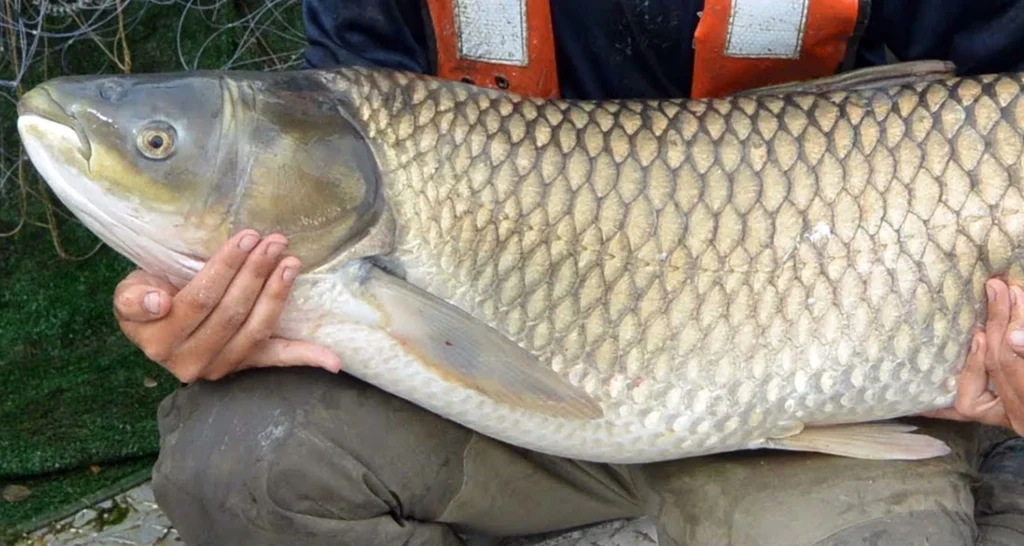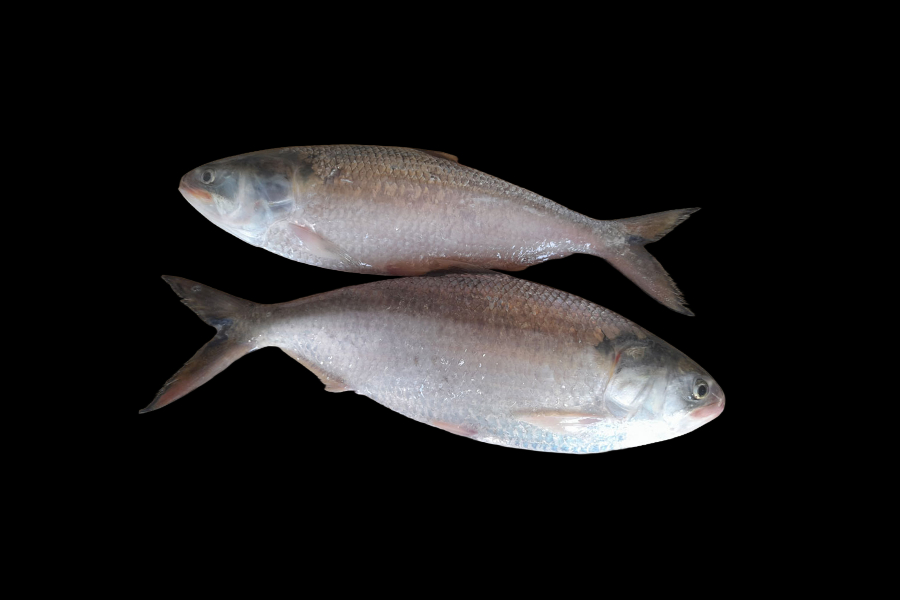River fish hold a unique and vital place in the cultural fabric of societies worldwide, influencing not only local diets but also social structures, festivals, and traditional practices. From the ancient rivers of Egypt to the vast stretches of the Amazon, river fish have shaped the identity and livelihoods of many communities across different continents. Here, we explore the cultural significance of river fish from an international perspective.
1. River Fish as a Dietary Staple
In many cultures, river fish are an essential dietary component, rich in protein, omega-3 fatty acids, and various vitamins. Rivers such as the Nile in Africa, the Mekong in Southeast Asia, and the Mississippi in the United States provide fish species that form a core part of the daily meals of local communities.
In Southeast Asia, for instance, Mekong River fish like catfish and tilapia are central to local cuisines, often prepared in traditional dishes like soup, grilled fish, and fried fish. In South America, the Amazon River and its tributaries are home to various fish species like piranhas and tambaqui, which are not only consumed but also form the basis of rich culinary traditions.
2. Religious and Spiritual Importance
River fish often hold religious or spiritual significance, especially in regions where rivers are considered sacred. In India, for example, the Ganges River is not just a water source but a sacred entity. Fish caught from the Ganges are revered and considered to bring blessings. Similarly, the Nile River in Egypt is believed to have bestowed life upon the civilization, and fish from the Nile, such as the Nile tilapia, are integral to Egyptian cuisine and rituals.
In Japan, river fish like Ayu (sweetfish) are associated with Shinto rituals, symbolizing purity and the spirit of nature. These fish are considered a delicacy, especially during the summer months, and are enjoyed in various traditional cooking methods like grilling.
3. Social and Community Bonding
In many riverine societies, fishing is more than just a profession; it’s a communal activity that fosters social bonding. River fishing communities, especially in Africa and South America, have developed intricate networks based on fishing practices. In West Africa, the Niger River is a vital source of sustenance, and fishing has shaped the culture of various ethnic groups, like the Bamana and Dogon peoples of Mali.
In Russia, particularly along the Volga River, fishing is a traditional community activity that brings families and friends together. Fish like sturgeon and pike are central to Russian festivals, with fish dishes often being served at weddings and holiday feasts.
4. Festivals and Celebrations
River fish play a prominent role in many cultural festivals and celebrations. In Scandinavia, the Norwegian salmon is often central to annual festivities, and fishing tournaments along rivers like the Trollheimen Mountains’ rivers are celebrated with much enthusiasm.
In Brazil, the Amazonian fish are featured in several indigenous celebrations, with communities gathering to honor the river gods and partake in fish feasts. These celebrations, rich in traditional dances and rituals, highlight the spiritual connection people have with the river and its fish.
5. Fish in Folklore and Mythology
Across various cultures, river fish are prominent in folklore and mythology. In China, the carp is a symbol of perseverance and strength, often depicted as a creature that swims upstream to transform into a dragon. This myth reflects the significance of river fish in Chinese culture as symbols of resilience and transformation.
In Europe, rivers like the Loire and Seine have inspired numerous folk tales where fish are often seen as symbols of abundance and fertility. These legends contribute to a deep cultural reverence for fish in many riverine societies.
6. Economic and Livelihood Importance
Beyond cultural and religious significance, river fish are a major source of livelihood for millions around the world. River fisheries in places like North America, Africa, and Asia are essential for local economies. The Mississippi River in the United States, for example, provides a livelihood for thousands of fishermen, and its fish contribute significantly to regional economies.
In Southeast Asia, the Mekong River sustains millions of people through fishing, and its fish are vital to both the food security and economy of countries like Vietnam and Cambodia.
7. Artistic Representation
River fish are also commonly found in art, literature, and music across various cultures. In Japan, koi fish, which are river fish, are not only considered symbols of good fortune but are also frequently featured in paintings, tattoos, and even bonsai sculptures. The beauty of river fish, combined with their symbolic significance, makes them an enduring subject in visual art and cultural expressions.
Similarly, in Africa, fish often appear in traditional sculptures, paintings, and beadwork, symbolizing prosperity and the bounty of the river.
8. Environmental Impact and Cultural Shifts
Overfishing and pollution have significantly impacted river ecosystems, affecting the cultural practices surrounding fish in many regions. In the Amazon, the decline in fish populations due to environmental degradation has led to a loss of traditional fishing practices and threatened the livelihoods of indigenous communities. Similarly, the Yangtze River in China has seen a sharp decline in native fish species like the Yangtze sturgeon, altering local cultural practices related to fishing.
However, many communities are now turning to sustainable fishing practices and conservation efforts to preserve the cultural heritage associated with river fish. In regions like Norway, fishery management programs are helping to sustain fish populations while maintaining cultural traditions related to fishing.



